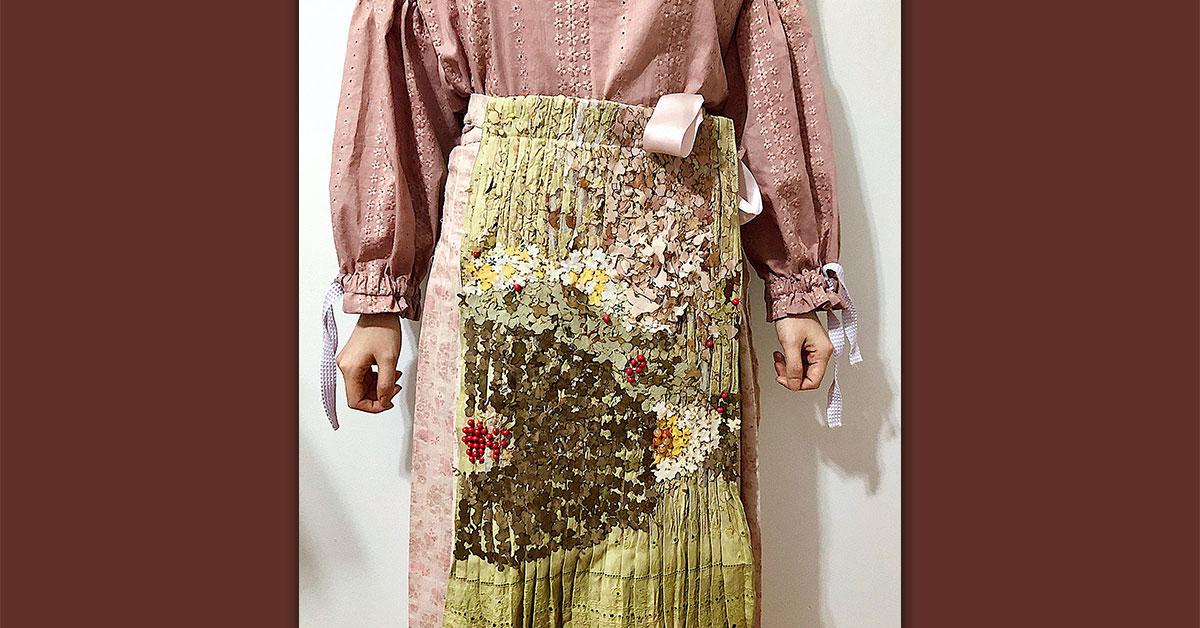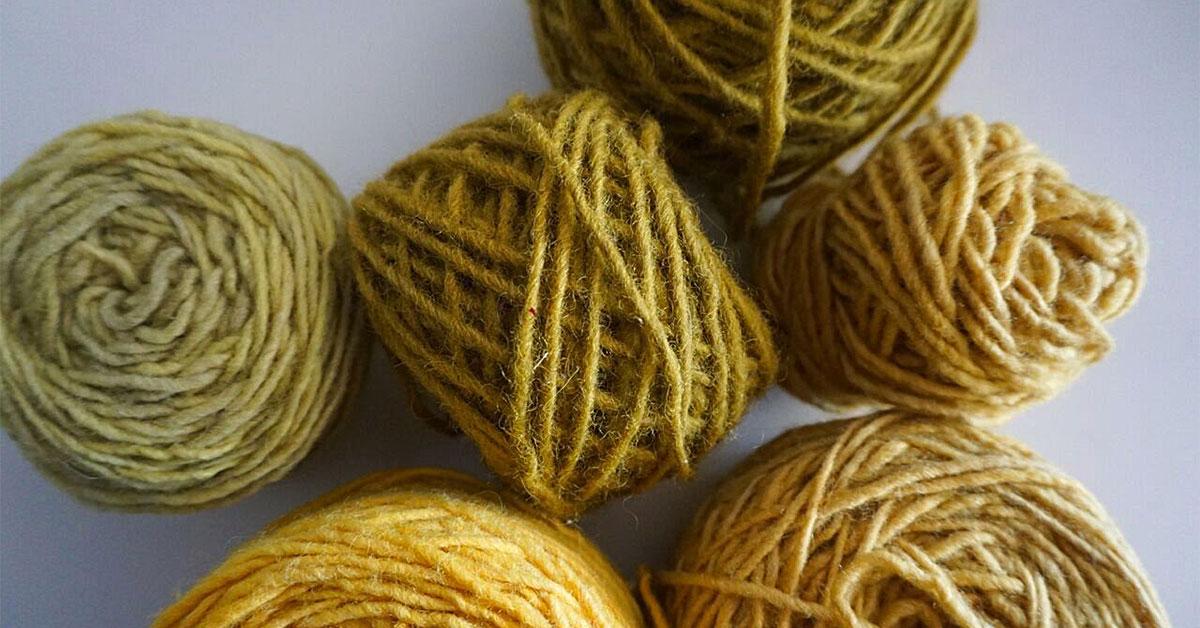NEW YORK CITY — “Four fashion students have harnessed the power of the onion using the vegetable’s skins to naturally dye fabrics and textiles,” notes the National Onion Association (NOA).
Their work, it goes on, part of their graduate studies program at the New York Parson’s School of Design, encapsulated a growing movement on sustainability, with one common denominator — onion skins.
“The students dyed wools, yarns, cottons, linens and silks naturally with onion skins and other natural ingredients to enhance color,” the NOA says.
Their work, officially called Onion Society, was just recently displayed Sept. 20-22, along with onion dishes and even an onion video, here in Brooklyn.
“Sometimes they’ll use baking soda to change the ph of the water, which changes the color; sometimes they’ll use vinegar. But the bi-product is always natural — enough to go back into the earth for zero waste,” it notes.
“Using onion skins as natural dyeing agents demonstrates the sustainability of one of the world’s oldest and most beloved vegetables,” the NOA relates. The onion dyeing process is all natural, the NOA points out, and dates back to 2600 B.C.
The project, sponsored in part by the NOA, came about from New York fashion designer Maria Elena Pombo, who is known for her natural dyes with avocado seeds, the NOA notes.
There’s an entire movement for sustainable textiles, demanding ethically produced clothing, but also environmentally-friendly fabrics and dyes.
New York Onion Farmer Chris Pawelski hadn’t heard of using onion skins in such a way before. “Here in New York, they are dumped in piles in the fields nearby and literally blow away or eventually break down,” Pawelski says. “Having a use for them is great!”
The National Onion Association, incorporated in 1913, describes itself as a nonprofit trade organization dedicated to supporting America’s onion farmers and increasing the consumption of onions.
Have a question or comment? E-mail our editor Dave Davis at [email protected].



